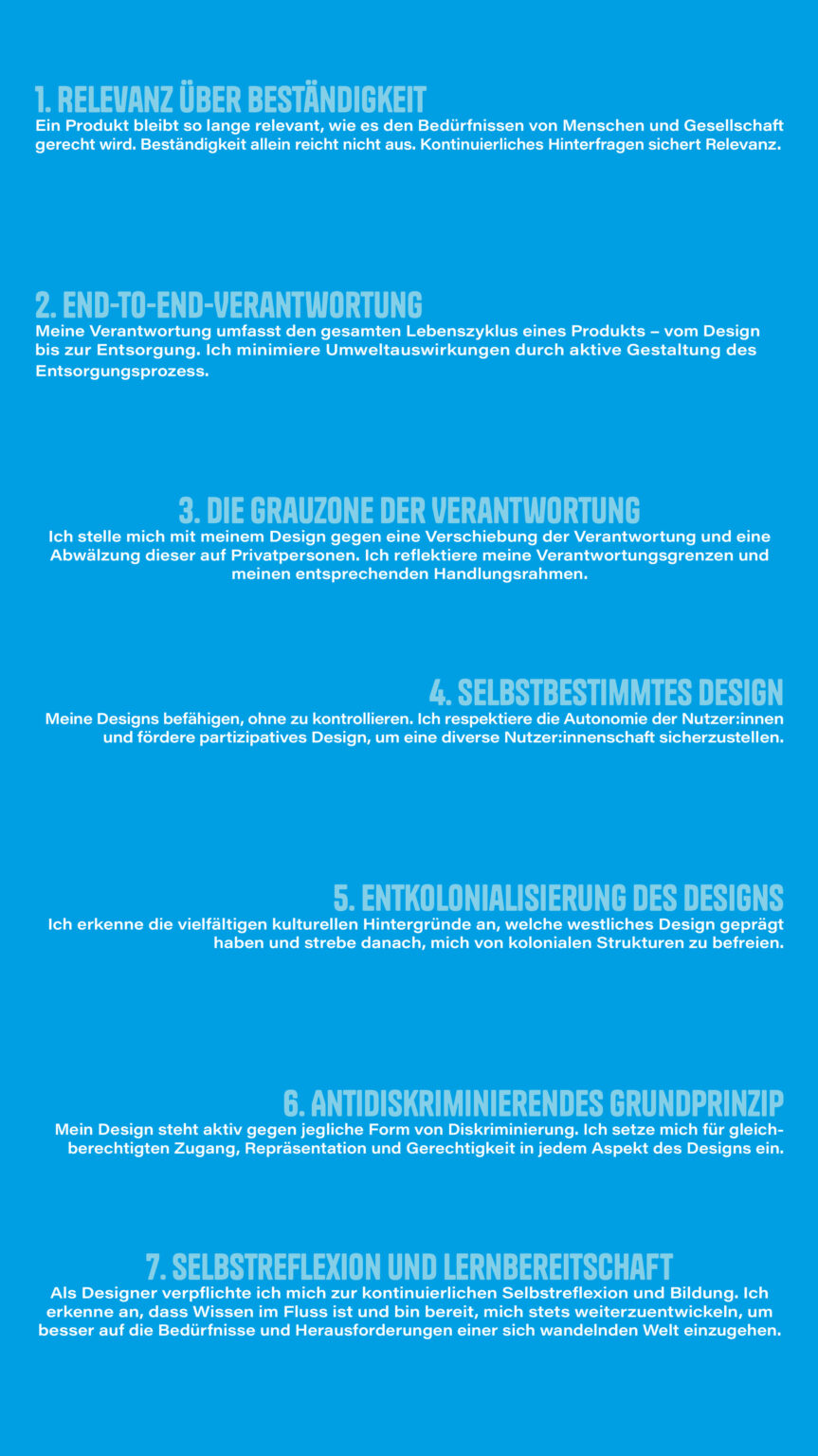Air Silk
Recycled silk as an air filter
Using a chemical recycling process, recycled silk fibre is processed into alkaline-modified silk pulp. Using a fibre moulding process three-dimensional bodies are created.
A course filter creates a firm bond between the silk and the screen, whereby a surface coatings is created.
A natural sponge, soaked in ceramic and fired, forms a ceramic filter with an organic structure. Coated with silk a filter element is created. Once the filter has become overloaded, the silk is washed out, cleaned and reapplied.
The speculative objects pose the question of what filter systems could look like and whether decentralised, self-sufficient filter units can replace a central filter unit?
| student: | Emil Frederking |
| project: | The Insect Project – Resilience Part I |
| year: | 2023/24 |
With a series of speculative objects, the “Air Silk” project poses the question of whether silk functions as an air filter. It was prompted by an exploration of the material silk as a product of the Bombyx Mori silkworm. The material has had a special significance for thousands of years. It is crucial for global trade relations, and the term “Silk Road” is still known today. But how is this material handled when it is no longer used for textiles?
An alkaline modification can be used to produce a fleece from residual silk. I built on this research work and adapted the process to also utilise used silk textiles. The resulting fleece retains the properties that make silk so valuable: a typical lustre, good moisture absorption and antibacterial qualities.
I also focussed on how the recycled nonwoven could be reused in order to ensure that its qualities are made best use of.
New silk in medical contexts is an established practice and an air filter proved to be the optimal application for the recycled nonwoven. The antibacterial properties are particularly important here, and the resulting nonwoven is characterised by good air permeability. The combination of these properties with the typical appearance of silk led to the development of the first and outermost filter stage of the air filter.
The second filter stage consists of a ceramic filter made from a natural sponge soaked in ceramic. After several trials, the loofah cucumber proved to be the optimum solution. The internal hollow chambers and uniform wall thickness allow the air to be filtered to pass through optimally.
The silk fleece is applied to the ceramic filter in the same way as in fibre shaping processes. The filter is immersed in a bath of silk pulp by a connected suction unit. The silk is deposited in the filter, closes the passages and, after drying, allows air to flow through, filtering out particles. The combination of silk and ceramic filter thus forms the first two filter stages of a conventional filter system.
In contrast to conventional air filters, which hide their filter elements, with Air Silk the filter determines the shape of the object. The silk-coated ceramic forms a visible filter that does not need to be concealed.
These filters can be used in central filter systems with suction units or as stand-alone, decentralised filters.The latter can be placed where they are needed and are equipped with a fan that can be used on mains or battery power via a USB cable. As filters become saturated with particles over time, they can be cleaned in a water bath.The silk detaches from the ceramic structure and can be reprocessed. The ceramic filter is disinfected with boiling water, then re-coated with silk and reintegrated into the filter system.This method ensures that the filter elements last as long as possible. At the end of their useful life, the filters can be broken down into their component parts. The silk is washed out and composted as a pure protein structure, the ceramic is disposed of separately and the electronics, which are attached to a separate base, can simply be separated and disposed of.

